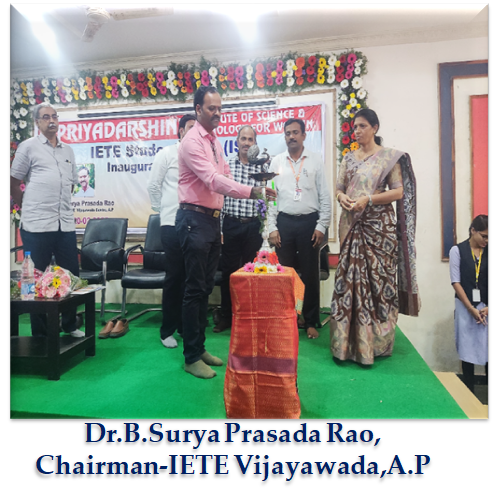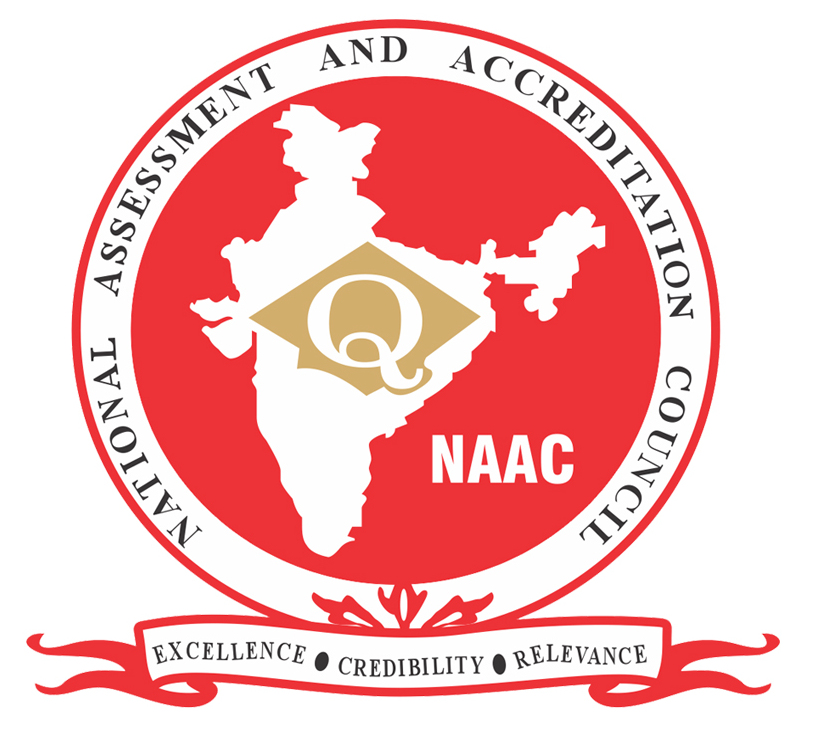Electronics and Communication Engineering Activities
"Empowering minds, shaping futures — Priyadarshini College is where learning meets purpose."ECSAT
Electronics & Communication Students Association (ECSAt) was established in 2012.This association aims at enhancing the technical knowledge of students by conducting various programs like organizing expert lectures, workshops, seminars, industrial visits, Intra & Inter department technical competitions, sports and games. It also helps to create the ability to understand and effectively communicate engineering and related concepts, leadership qualities to enhance their roles in providing service to the society.
Technical & Non Technical events
01. Technical Quiz
02. Power Point Presentation
03. Poster Presentation
04. Essay Writing
05. Caroms & Chess
06. Festival Celebrations
07. Paper Crafts

Industrial Tours

Indian Space Research Organization (ISRO), Indian space agency, founded in 1969 to develop an independent Indian space program. Its headquarters are in Bangalore. The Indian Space Research Organization (ISRO) operates through a countrywide network of centers. Sensors and payloads are developed at the Space Applications Centre in Ahmedabad. Satellites are designed, developed, assembled, and tested at the U R Rao Satellite Centre (formerly the ISRO Satellite Centre) in Bangalore. Launch vehicles are developed at the Vikram Sarabhai Space Centre in Thiruvananthapuram. Launches take place at the Satish Dhawan Space Centre on Sriharikota Island, Nellore. The Master Control Facilities for geostationary satellite station keeping are located at Hassan and Bhopal. Reception and processing facilities for remote-sensing data are at the National Remote Sensing Centre in Hyderabad. ISRO’s commercial arm is Antrix Corporation, which has its headquarters in Bangalore.
KOTHGUDEM THERMAL POWER STATION (KTPS),The Kothagudem “A†Thermal Power Station (60MW × 4 units) is located on the outskirts of Paloncha, which is 230km east of Hyderabad, the capital of AP State. Since it started operations in 1966, it has been playing a central role in thermal power generation by APSEB along with the more recently constructed Kothagudem “B†(110MW × 2 units) and “C†(110MW × 2 units) Thermal Power Stations. However, as more than 25 years had passed since the completion, the “A†Power Station had become so decrepit that the output had declined to 50MW/unit. Therefore, it needed rehabilitation (modernization). The planned outputs of the project were as follows: [Thermal power generation equipment] • Rehabilitation of 4 boilers • Rehabilitation of 4 turbines • Rehabilitation of 3 power generators.
ALL INDIA RADIO The Directorate General, All India Radio functions under Prasar Bharati. Director General is the Head of the Department and is responsible for the overall administration and supervision of the entire AIR network. In performance of his duties and functions, the Director General, AIR is assisted by officers of the following wings.Programme Wing,Engineering Wing, Administrative Wing, Security Wing, Audience Research Wing
Workshop/Guest Lecture
The Department of Electronics and Communication Engineering conducted a Workshop/Guest Lecture as part of its continuous efforts to enrich student knowledge beyond the curriculum. The session focused on providing insights into the latest technological advancements and real-time applications in the field of Electronics and Communication. An expert from the industry/academia was invited to share their valuable experiences and knowledge with the students. The event covered key concepts such as embedded systems, communication protocols, VLSI design, signal processing, and emerging trends like IoT and 5G. Students actively participated and engaged in interactive discussions, gaining exposure to practical aspects and current industry expectations. The session proved to be highly informative and motivational, encouraging students to explore core domain opportunities and upgrade their skills.

INDUSTRIAL TOUR
The Electronics and Communication Engineering (ECE) department of Priyadarshini Institute of Science and Technology for Women organized an industrial visit to the National Institute of Amateur Radio (NIAR), Hyderabad. The visit provided students with a deeper understanding of radio communication, wireless technologies, and emergency communication systems, reinforcing their classroom learning with practical exposure. Students were given an opportunity to operate radio transceivers and understand the working of antennas and signal modulation techniques.NIAR experts explained how amateur radio operators communicate globally without internet or cellular networksA session on how amateur radio assists in emergency communication during natural disasters such as earthquakes, floods, and cyclones.Case studies of NIAR’s contributions to disaster relief operations were shared to highlight the real-world impact of amateur

IETE STUDENT CHAPTER INAUGURATION
The Institution of Electronics and Telecommunication Engineers (IETE) is India’s premier professional body for Electronics, Telecommunication, Computer Science, and IT professionals, founded in 1953 With over 120,000+ members and 60+ centres across India (plus a few abroad), it plays a crucial role in advancing technical education, research, and national development in these fields
The IETE Chapter aims to foster technical excellence, innovation, and leadership among students in the fields of Electronics, Telecommunication, and IT. Through this platform, students will gain access to a wide range of opportunities including workshops, seminars, industrial visits, technical contests, paper presentations, and interaction with industry experts.
Objectives of the Chapter:
-
To promote awareness of current trends in electronics, telecommunications, and computer science.
-
To organize technical events, talks, and training sessions for skill development.
-
To create a collaborative platform between academia and industry.







